Sossusvlei Sand dunes and Salt pan of Namibia
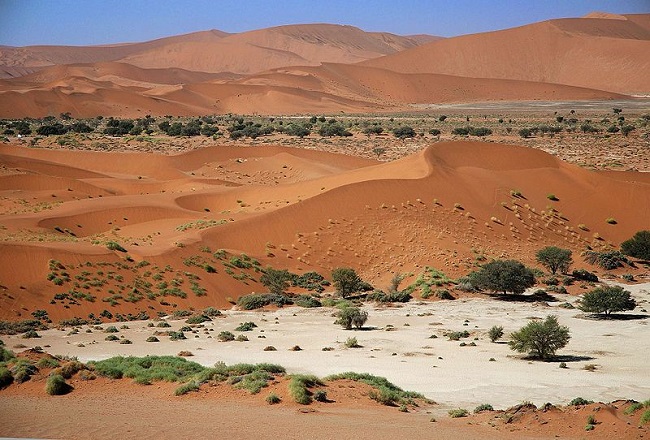
Namib-Naukluft National Park, the largest conservation site in Africa, Sossusvlei provides excellent opportunities to photographers during the sunrise and sunset. The dunes are a great attraction and that makes Sossusvlei the wonderland and breathtaking site among the Geo- tourists.
Geology of the area
Namib-Naukluft National Park which, stretches in the Namib desert is a 55-million-year-old stretch for more than 2,000 kilometers up the South African and Namibian coasts into Angola, and 200 kilometers eastward from the Atlantic Ocean. The Sossusvlei pan, an endorheic drainage basin for the Tsauchab River, is situated about 65 kilometers down the main park road. Water rarely reaches Sossusvlei and the Tsauchab riverbed is normally dry. however, the 100-kilometer-long Tsauchab can become a furious waterway in an hour. 30-meter-deep Sesriem Canyon carved out of sandstone and limestone over the last 30 million years.
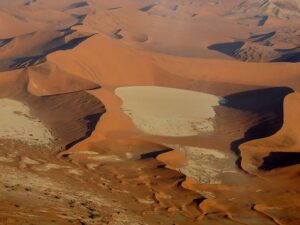
Deadvlei, a clay pan formed more than 900 years ago when flooding of the Tsauchab River created temporary pools around Sossusvlei. Camelthorn trees took root in the sudden abundance of water. Then the pools dried and drought set in.
Sossusvlei dunes
The dunes in the Sossusvlei desert tower above the ground, and are easily visible from 100 kilometers. Located in the middle of Sossusvlei National Park, the dunes resemble an amphitheater reaching up to the sky. The white clay and sand pan once filled up with water, reflects the image of a large lake in Sossusvlei sand dunes. The unbelievable landscape of undulating burned orange and apricot-colored dunes towering above the desert floor that people saw on a thousand postcards and posters.
Also, read- The Okavango Delta-Largest Inland Delta and an African Oasis
The Namib desert is the oldest desert in the world- a sea of silica stretching along Namibia‘s entire Atlantic coast. In the local Nàmá language, Namib means “an area where there is nothing”. This sand comprises some 15 percent of Namibia’s driest and most inhospitable landscapes. The Namib Desert is an extraordinary place to explore from the air, on foot, and on horseback.
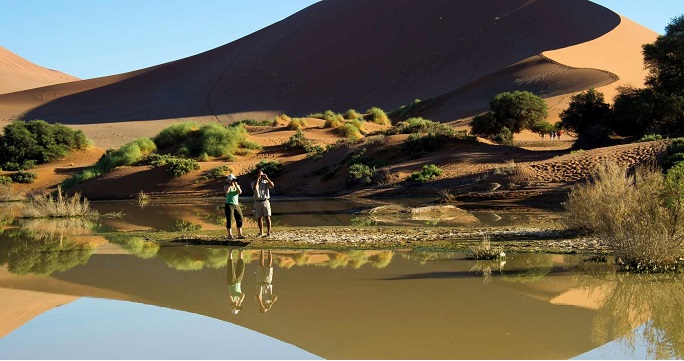
Geo-tourism at Sossusvlei
Sossusvlei Desert is a top tourist attraction site within Namibia. There are a number of eye-catching places to see in Sossusvlei. Located within the 50,000 km2 Namib-Nakluft National Park, Sossusvlei is largely popular for its huge, tall sand dunes, which stand in contrast to the snow-white floors of the pans. To improve the accessibility of this spectacular site within a national park and a larger desert, the government constructed a road to link the Sesriem campsite and Sossusvlei. The Sossusvlei sand dunes give photo enthusiasts an amazing site to capture the best of shots. The sand dunes offer a magnificent venue for shooting movies. Scenic flights above the dunes in small planes or hot air balloons are a great way to enjoy. Various species of animals such as black-backed jackal, porcupine, aardwolf, and bat-eared fox are common when the temperatures cool down in Sossusvlei. Sossusvlei desert also consists of large mammals such as springbok, gemsbok, and ostrich. The spotted and brown hyena predate over other animals in Sossusvlei.
Dune 45 Sossusvlei
Climbing Sossusvlei sand dunes is the main activity of any trip to Namibia. Some Dunes are famous, such as the 170-meter-high Dune 45, which is one of the most climbed dunes due to its accessibility next to the road 45 kilometers from Sesriem. Big Daddy, a towering 350 meters high above Deadvlei is also the best hiking dune. Deadvlei, another clay pan, is an even more photographic place, It is surrounded by dunes and a white pan is dotted with the skeletons of 900-year-old petrified trees. the scene is so natural that you hardly believe it’s real. Sossusvlei activities included swinging high above Sossusvlei and the Namib Desert in a hot air balloon as the sun rises in the golden desert.
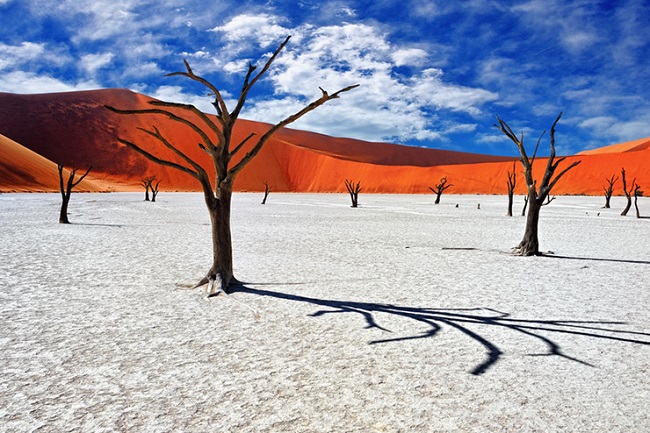
Sossusvlei camping sites
Tucked away in the 37 000-hectare areas, Little Kulala Reserve describes itself as an organic camp making use of neutral colors, gorgeous textures, and natural light and providing the pastel tones of the desert. Camp Sossus is a semi-permanent tented camp in the Sossusvlei-Namib area in the Neuhof Nature Reserve. Operating between April and November. Apart from this Sossus oasis campsite provide an excellent experience in between red Sandunes. Hidden vlei is a kind of mini dead vlei. The hike to get there through the sand is a little difficult but very beautiful.

When to explore Namib desert
The best times to explore the Sossusvlei area are in the early morning and late afternoon, when the sun isn’t so harsh and the golden light makes the desert glow in the sky. The best way to reach Sossusvlei is first to take a flight from the capital of Namibia to Windhoek and then drive by road nearly 320 km.
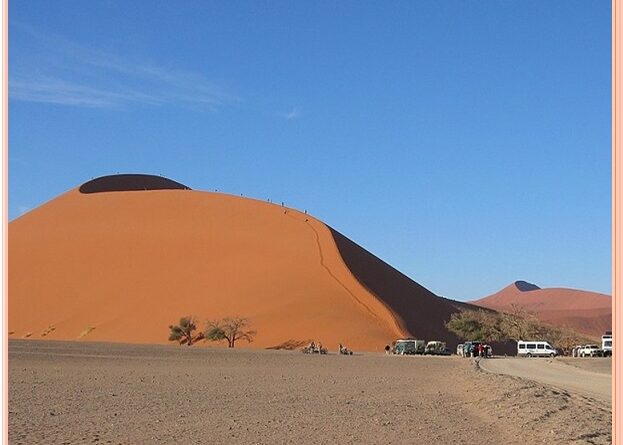
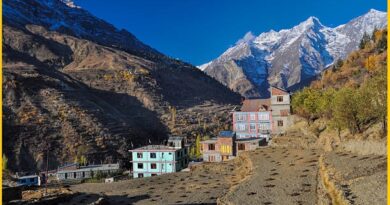
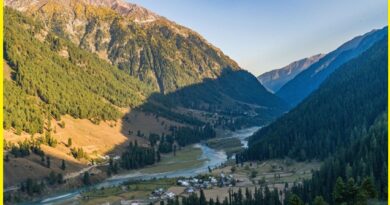
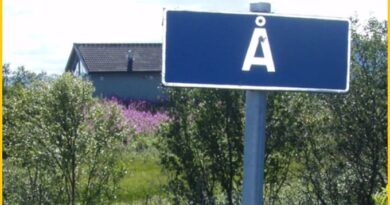
Pingback: Granite Inselberg in Sprawling artificial lake- Guatape Colombia - Geotourism